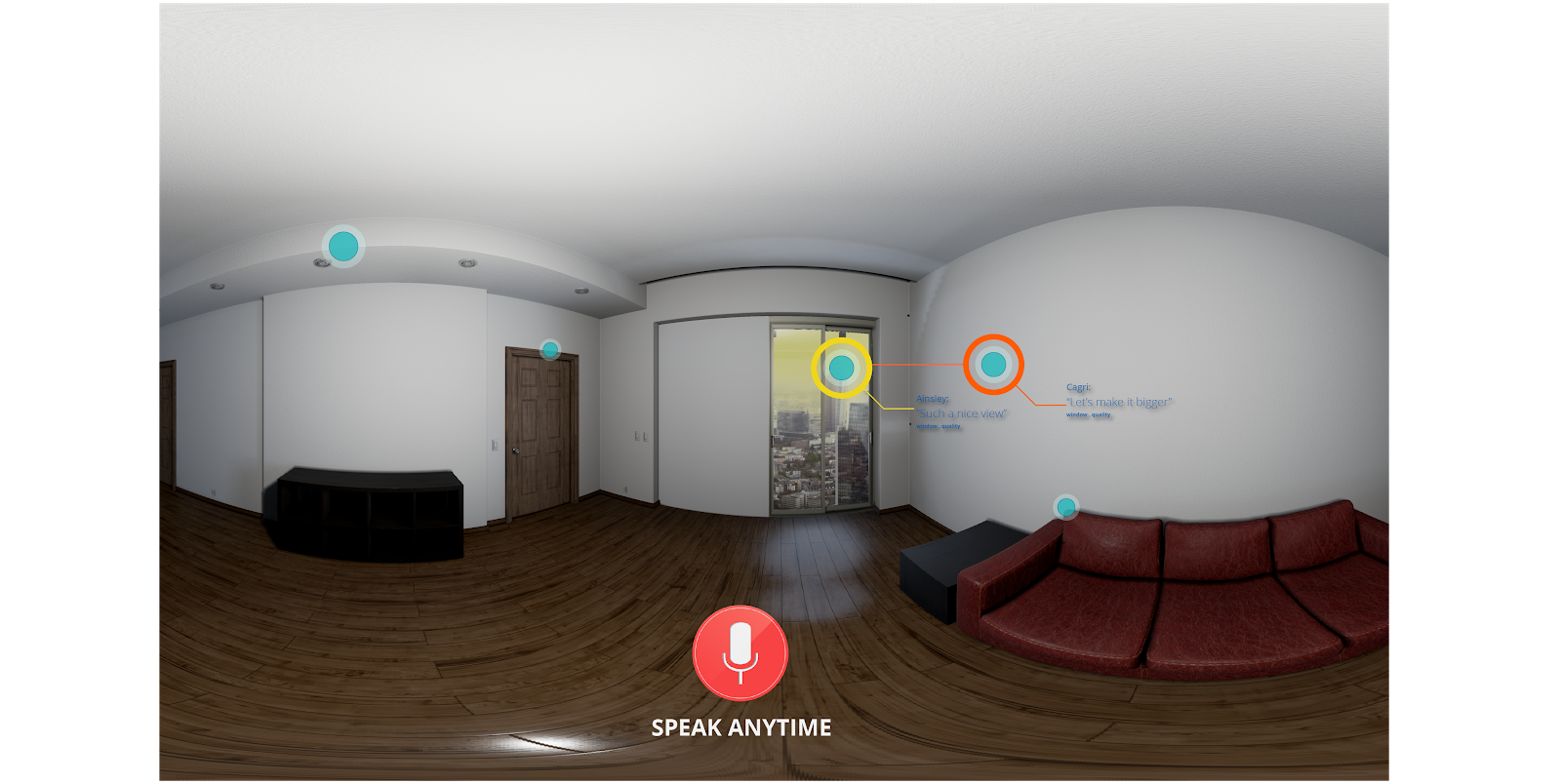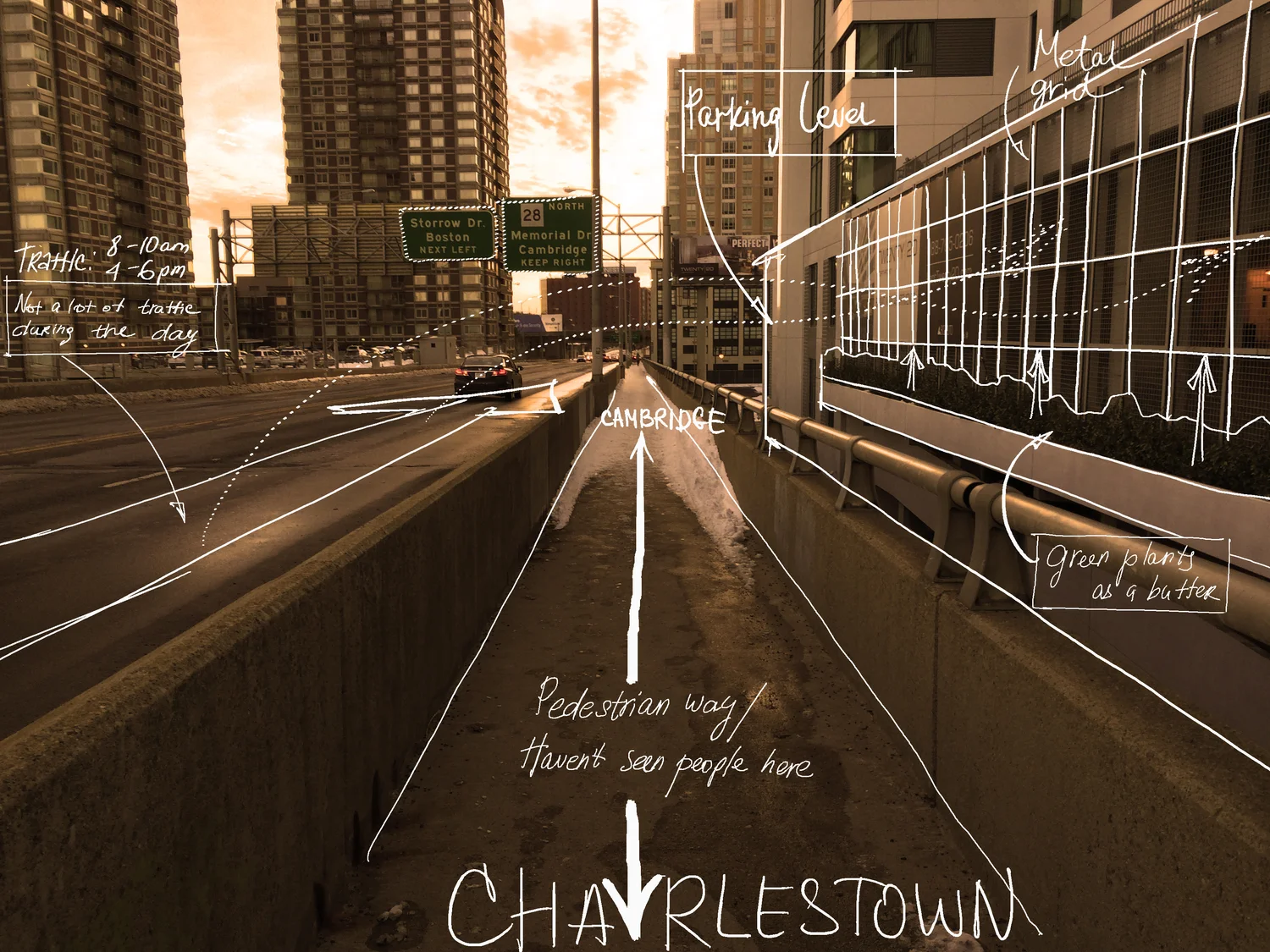Temporality in [Computational] Making
MIT Architecture. Fall 2017.
Co-Instructors: Terry Knight, Cagri Hakan Zaman, Dina El-Zanfaly, Athina Papadopoulou
This seminar/project subject explores the topic of Temporality, within the context of the cross-disciplinary research area of Computational Making. An overview of Computational Making and the work of the Computational Making research group can be seen at: http://computationalmaking.mit.edu. Broadly speaking, Computational Making examines the potentials of computational theories and techniques in making activities. Making is viewed as an active, time-based, improvisational, and embodied process carried out by a person (or people) to make tangible things and their intangible effects – whether drawing a picture on paper, weaving a basket, 3D printing a model, creating shadows and light, or constructing a building – or to make spaces through movement and perception. The overarching goal is to contribute new understandings of the relationships between abstract, formal computation and active, embodied making.
In this subject, we focus in particular on relationships between computation and the temporality of things, spaces, and their making. Temporality here is understood as change, transience, and transformation over time. Computation is commonly viewed as a process over time, and thus is naturally allied to temporality. How can digital, mechanical, or manual computation promote new ways of understanding and supporting the temporality of things, spaces, and their making?
We look beyond the purposeful design and programming of temporality into overtly temporal things and spaces – for example, kinetic, self-assembling, responsive, interactive things or spaces – to a more inclusive understanding of temporality as a fundamental and determinative quality of all things. The spatial aspects of things have been probed, formalized, and computed. What of their temporal aspects? How can the temporal nature of things be understood, formalized, and computed, and to what advantage?
Further, we consider the temporality of the making of things and spaces. Here, our attention shifts to the temporality of human or nonhuman performance in making things, as opposed to the temporality of the thing itself. How can the temporality of the making actions to, with, or on things be understood, and formalized, and computed, and to what advantage?
We explore and discuss these questions and more, informed by weekly readings from diverse fields including the arts, social sciences, anthropology, philosophy, performance studies and theory, cognitive science, robotics, and computer science. We examine work and ideas ranging from art theories of space and spatial elements as temporal concepts, to philosophical concepts of the perdurance of things and their temporal parts, to research on computational databases for spatiotemporal objects, to studies in cognitive and computer science on the temporal segmentation of actions and events, to work in robotics on computational models for human (making) activities.
![Temporality in [Computational] Making](https://images.squarespace-cdn.com/content/v1/5c17f4e64cde7a6fd5e411b5/1545796425387-TE4VCVSSRWL2C79SJ0MC/CMTEMP2.jpg)








